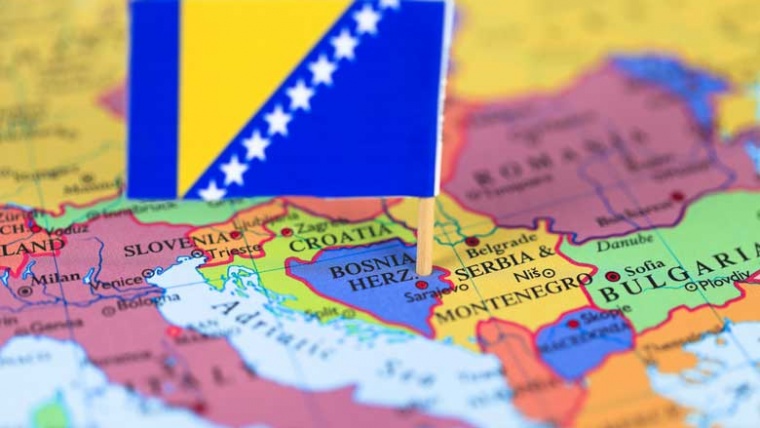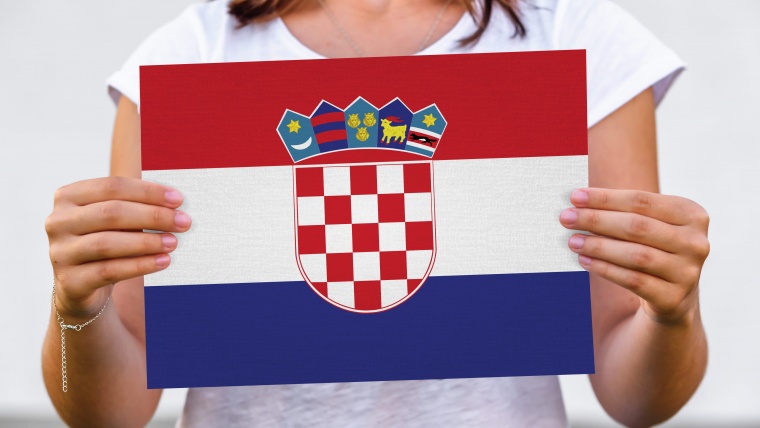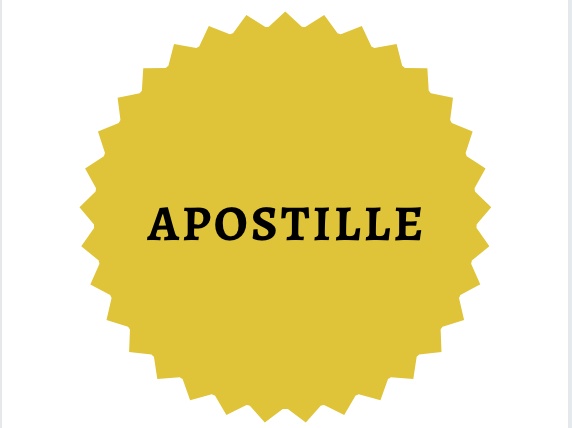When one translates content through automated software, that content is pasted in a tool, such as Google Translate, and then the tool translates the content to any language of your choice. The results can be anything from funny to hilarious, but sometimes totally erroneous, out of context or inappropriate. The machine translations are suitable to infer some meaning from the language you don’t know at all, but it is basically meant for survival and nothing more.
For most purposes, translations need human intervention and are supported by leading software tools for professional language translations. It is not just about information exchange when you translate – you also need to capture the meaning, context, cultural differences and tone. Here we definitely need human intervention and sensitivity to ensure that the essence is captured. Transcreation is the job of a person who has expertise in both languages involved – the one that is translated and the one that needs translation.
The Difference Between Translation and Transcreation
Translation vs Transcreation while translating in Serbian, Bosnian and Croatian languages.
There is a definite difference between translation vs transcreation. When we apply our creativity to translating marketing materials, we transcreate. Translation has broader connotations and requires accurate rendering of the original written content including idioms. When it comes to transcreating, it involves taking a more artistic licence and capturing the essence of what is conveyed. While a translator has to stick with the original content, a transcreator can take the liberty of modifying the content, and also add to it what is relevant.
Translator is bound by the original content, while the transcreator can break away from the original content and add or modify it to suit the content and context.

The Literal Translation Myth
Many professional translators don’t approve word-by-word translations, unless specifically requested by the client. In certain documents like medical records, contracts or personal documents, there is a need to maintain a high level of accuracy which can be maintained with literal translation. The only changes that are allowed in the translation are perhaps the punctuation and grammar to suit the new language. Not all translated materials are literal and mechanical, and not all transcreated materials are creative or deviate from the original. Transcreation generally helps your language to be recreated into the target language with the message and the meaning intact. Many times the content has to adapt to the new culture and this can be done only by transcreation. Get in touch with professional translators who can make your translations shine through and serve the purpose. Ask A Translator will provide you with the high quality translations in Croatian, Serbian and Bosnian.



